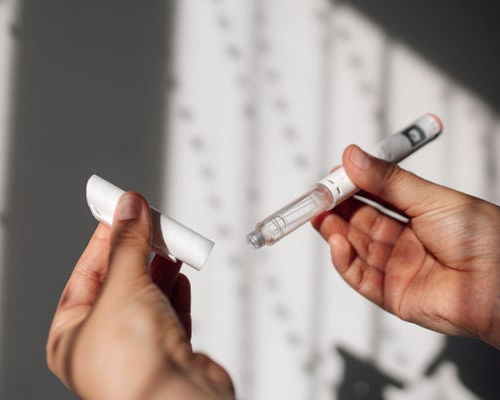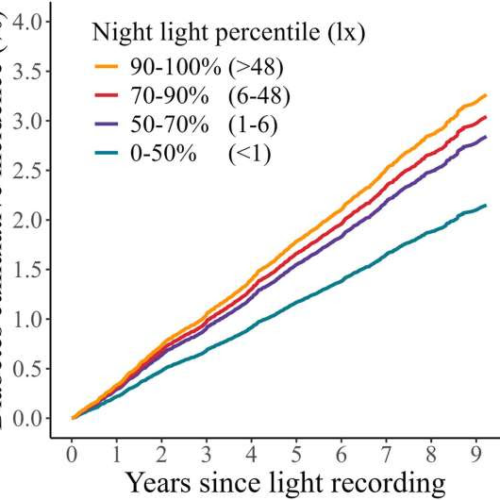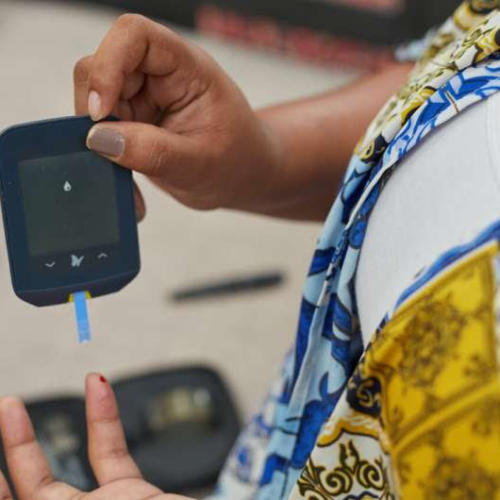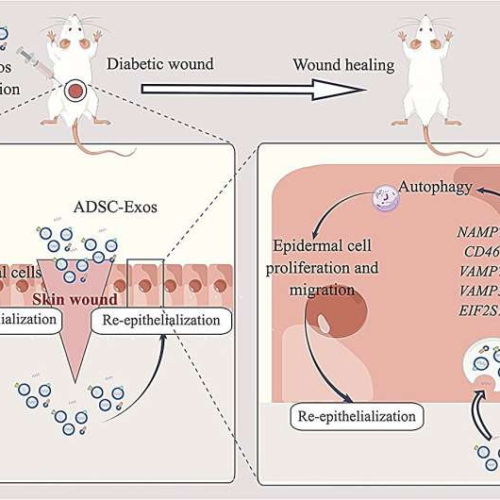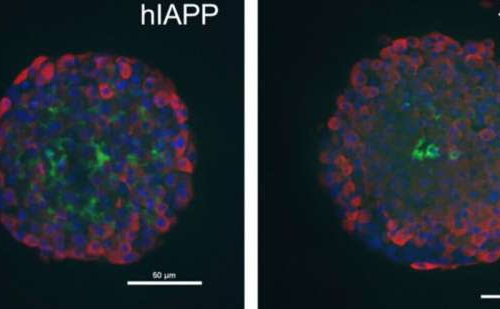By Lauren J. Young Researchers combined the drug harmine with a medication similar to Ozempic to boost the number and function of human insulin-producing cells transplanted into mice By Lauren Millions of people with type 1 or 2 diabetes worldwide rely on insulin injections or medications to keep their blood sugar in check. The disease...
Category: <span>Diabetes</span>
Light at Night Tied to Diabetes Risk in Largest Study to Date
Christina Szalinski July 11, 2024 Concerned about your patient’s type 2 diabetes risk? Along with the usual preventive strategies — like diet and exercise and, when appropriate, glucagon-like peptide 1 (GLP-1) agonists — there’s another simple, no-risk strategy that just might help: Turning off the light at night. A study in The Lancet found that...
Do Artificial Sweeteners Really Help People With Diabetes?
It seems intuitive that because people with type 2 diabetes (T2D) generally need to avoid sugar, clinicians should recommend eating foods and using recipes containing artificial sweeteners such as sucralose instead. Splenda, which produces sucralose and other non-sugar sweeteners (NSS), is a sponsor of the American Diabetes Association (ADA) Diabetes Food Hub. Earlier this year,...
Fighting the late-night bright light could reduce risk of diabetes
JUNE 25, 2024 by Flinders University Cumulative incidence of type 2 diabetes by degree of night-light exposure. Credit: The Lancet Regional Health—Europe (2024). DOI: 10.1016/j.lanepe.2024.100943Avoiding bright light at night could be a simple way to reduce your risk of diabetes, a Flinders University study shows. The study, published in The Lancet Regional Health—Europe, reveals the...
For type 1 diabetes distress, focus first on managing emotions
NEWS RELEASE 10-JUN-2024 Peer-Reviewed PublicationUNIVERSITY OF CALIFORNIA – SAN FRANCISCO FOR IMMEDIATE RELEASE Media Contact: Jess Berthold (628) 399-0432 [email protected] Subscribe to UCSF News For Type 1 Diabetes Distress, Focus First on Managing EmotionsVirtual, emotion-centered program cuts distress in half after one year, while also improving patients’ glucose control. The most effective way to reduce the...
Two medication classes found to reduce cardiovascular and liver events in people with type 2 diabetes
JUNE 3, 2024 by The Endocrine Society Credit: Unsplash/CC0 Public DomainGLP-1 receptor agonists (GLP-1s) and SGLT-2 inhibitors lower the risk of major cardiovascular events like heart attacks and severe liver complications compared to other diabetes treatments, according to data presented at ENDO 2024, the Endocrine Society’s annual meeting in Boston, Mass. “Before this study, there...
GLP-1s Don’t Appear to Worsen Diabetic Retinopathy
Richard Mark Kirkner SAN FRANCISCO ― A large observational registry study of almost 100,000 eyes has found that the diabetes drug semaglutide, a GLP-1 agonist recently approved for weight loss, does not worsen the progression of potentially vision-threatening diabetic retinopathy in the long term in patients taking the drug. However, the researchers said, the findings...
Stem cell ‘messages’ fast-track healing of diabetic wounds
by TranSpread Credit: Burns & Trauma (2024). DOI: 10.1093/burnst/tkae001The increasing prevalence of diabetes worldwide has led to a rise in diabetic wounds, such as diabetic foot ulcers, which are challenging to treat and can result in amputation. Traditional treatments have limited effectiveness, underscoring the urgent need for innovative solutions. In a new study published in...
Could a ‘DNA diet’ help to reduce health risks linked to high blood sugar?
Peer-Reviewed Publication IMPERIAL COLLEGE LONDON The findings come from a small Imperial College London and DnaNudge pilot study involving 148 people with high blood sugar levels who were at risk of going on to develop type 2 diabetes (T2D). It found that following personalised dietary advice informed by genetic information, in combination with face-to-face dietary...
Q&A: How a potential treatment for Alzheimer’s disease could also work for type 2 diabetes
by Sarah McQuate, University of Washington Microscopy image of beta cells making IAPP (left) and IAPP plus one of the team’s synthetic peptides (right). Credit: Protein Science (2023). DOI: 10.1002/pro.4854Of the 38 million Americans who have diabetes, at least 90% have type 2, according to the Centers for Disease Control and Prevention. Type 2 diabetes occurs...

